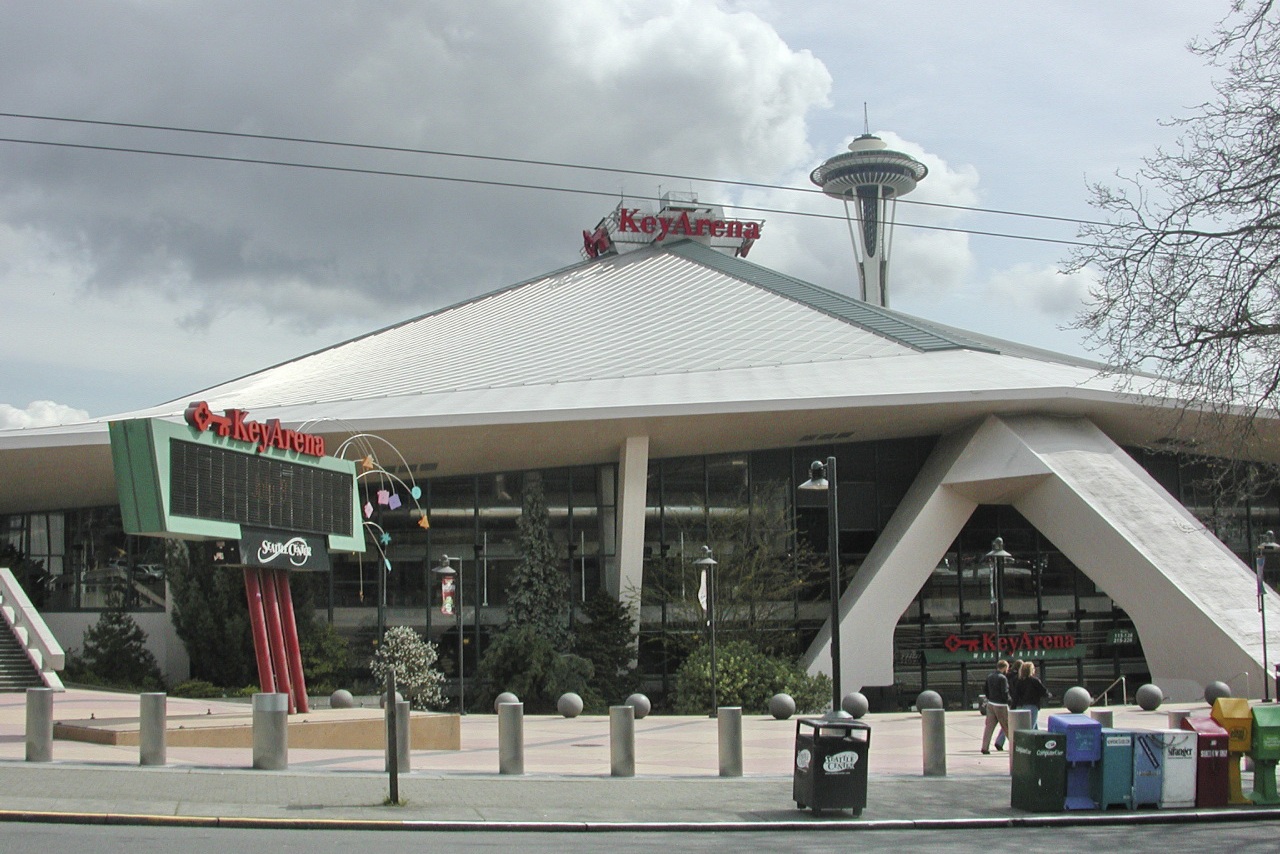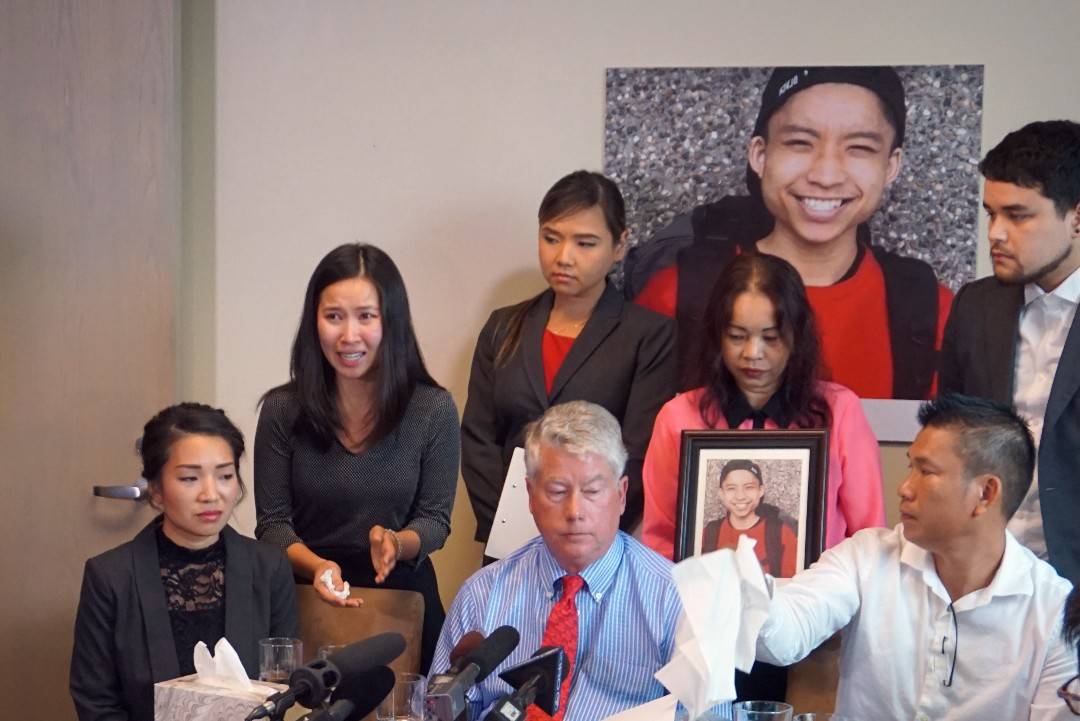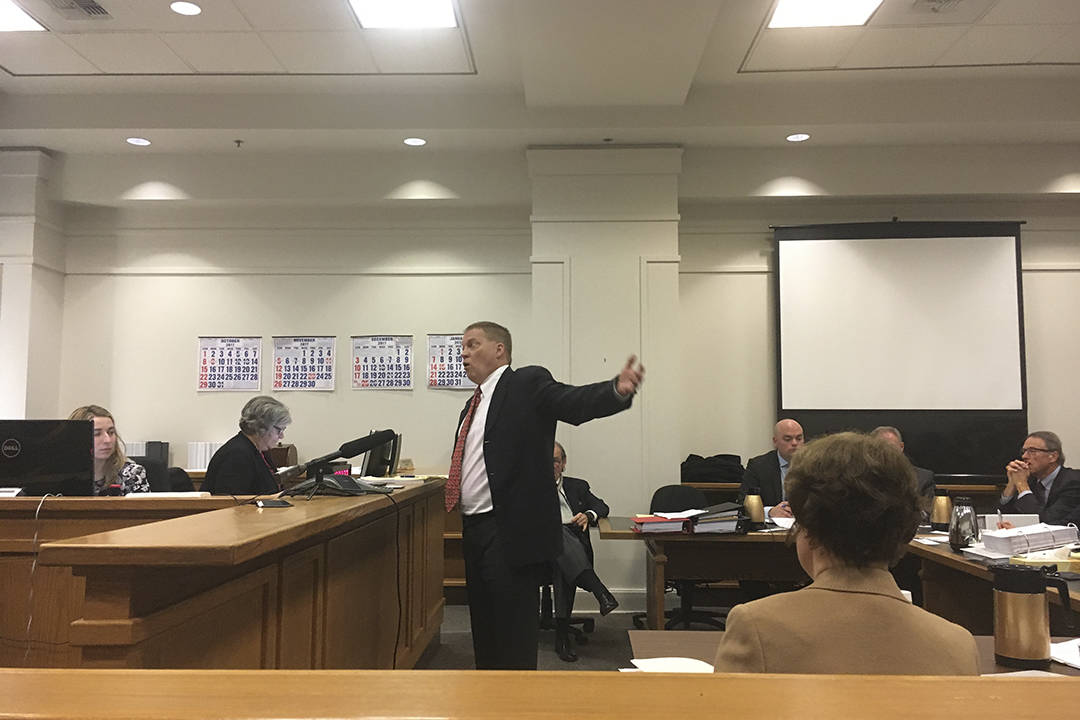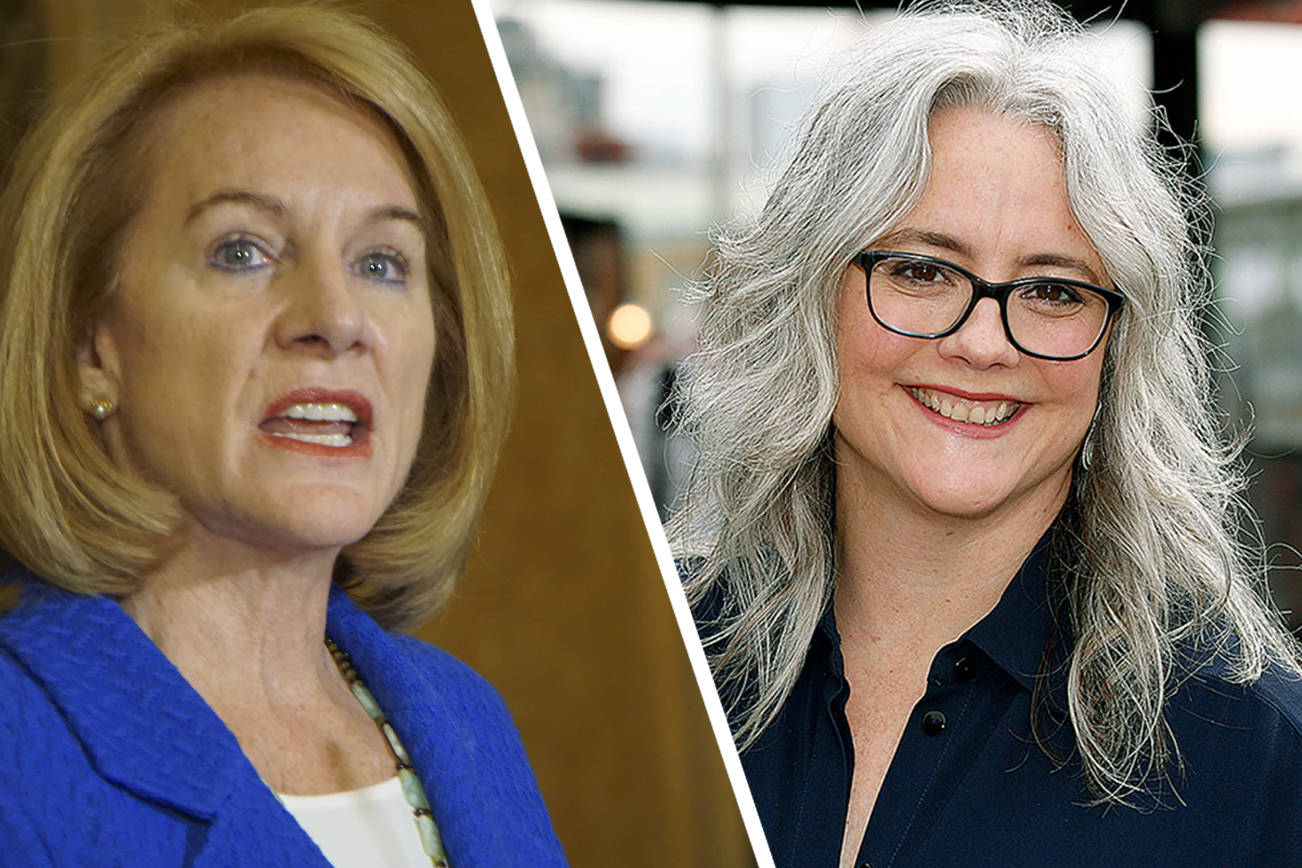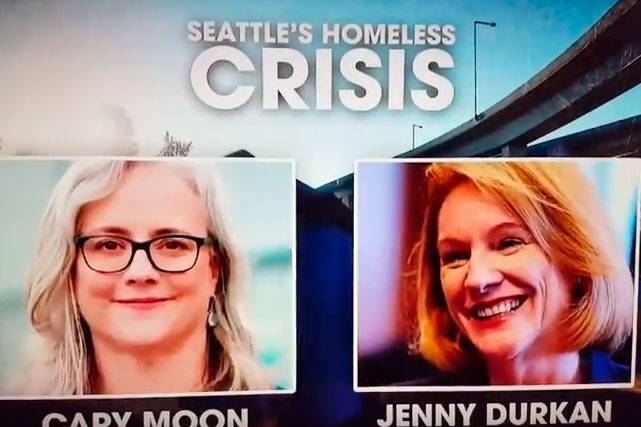What a perfectly Seattle problem.
When it comes to building an arena fit for professional basketball, money seems to be no object; we have at least one developer, Chris Hansen, willing to foot the entire bill for a stadium with no taxpayer assistance, and possibly a second development firm out of L.A. willing to do the same.
No, the sticking point for any effort to build a stadium will be the same civic obsession that may drive voters to approve a $54 billion mass-transit package (results weren’t yet in at press time) and that has forced everyone to rethink how they live and play in the city: traffic.
When Hansen announced in 2012 his plan to build an arena in SoDo, just south of Safeco Field, Port and labor interests began a major campaign against it, arguing it would create traffic jams that would hurt the area’s ability to move cargo. After years of failed efforts in court—both legal and public-opinion—these forces have rallied in the past year with two developments. The first was the Seattle City Council’s 5-4 vote to not vacate a section of Occidental Avenue on which Hansen wishes to build the arena—with traffic the nail in the coffin.
“I’ve really struggled with this decision a lot,” Councilmember M. Lorena González said before casting the deciding vote in March. “I don’t believe the traffic issues have been well dealt with, and today I am going to vote No on the street vacation.” The second boost for the anti-arena crowd was Mayor Ed Murray’s announcement two weeks ago that the city would issue a Request for Proposals on retrofitting KeyArena in Seattle Center to accommodate professional hockey and basketball teams—a proposal expected to be taken up by a firm in Los Angeles.
But whatever cheers were raised from the Port were drowned out by the boos from many residents and business owners near Seattle Center who say it’s unsuitable because of … the traffic. “While I’d love to have the NBA and NHL in my neighborhood, the infrastructure does not and cannot exist in Uptown,” goes a typical online lament.
Who’s right? Who’s wrong? Or are they both right and Seattle’s traffic is so bad we just can’t handle a basketball team right now? Let’s break it down.
SODO ARENA
The anti-arena players: The Port of Seattle, industrial businesses, blue-collar unions like the Longshoremen.
The traffic argument: These opponents argue that adding a third sports stadium to the neighborhood would bring even more traffic to an area not designed to handle anything but freight to begin with. Between the railroad tracks, train yards, and highways, the transportation grid just isn’t good at handling a lot of cars.
“We’ve been clear from the very beginning that we need to look at the transportation grids as a system when you’re proposing a major new use that will add one million new cars to that SoDo district. That has potential for serious impact,” says Port Commission President John Creighton.
With bad traffic, they argue, it could become more difficult for trucks to get from manufacturing sites and shipping terminals to the highway, thus putting the area at an economic disadvantage.
“Industrial lands constitute only 12 percent of the land area in Seattle, and provide a third of the tax base,” says Creighton. “Why strangle the goose that lays the golden egg?”
Counter-argument: Proponents of the SoDo arena say the Port is exaggerating the arena’s impact on traffic. For one, basketball games are played in the evening, after most of the Port and industrial business is done. They also like to point out that Occidental itself isn’t used for much truck traffic, so it’s not a big deal for the city to vacate it (this is a bit of a red herring, since the concern isn’t over Occidental itself as much as over the traffic brought to the neighborhood in general). They note that Hansen in his latest proposal has offered to put money toward building the Lander Street Overpass, a long-sought road project that would allow trucks going to and from the docks to avoid much of the SoDo train traffic. Lastly, they wonder whether there will be as much truck traffic in and out of Seattle as in the past. While not an opponent, KING-5 reporter Chris Daniels has raised questions about whether the Port is moving away from shipping anyway toward, say, more cruise ships, citing internal Port e-mails.
Port officials reject the idea that traffic will only be bad right around game times, and assert that the Port is expanding shipping on its docks, contrary to speculation otherwise; it is also starting to experiment with a 24/7 schedule that would have trucks coming in and out of the Port at all hours. And they reject the idea that Lander Street will solve their problems; that project was promised years ago as a way to help handle the first two stadiums.
“We are already in a really severe infrastructure deficit, which we argue is starting out in a hole because [the city] never kept the commitments it made with the first two stadiums,” says Dave Gering, executive director of the Manufacturing Industrial Council.
KEYARENA
The anti-KeyArena players: This group is a little less cohesive, since the idea has gained new life so recently. But for the most part, it’s neighbors of KeyArena and people already sold on Chris Hansen’s killer offer to build an arena in SoDo at no charge to the city.
The traffic argument: Two words: Mercer Mess.
“These people at the city are getting ridiculous,” David Meinert, owner of the nearby 5 Point Cafe, wrote in a Facebook screed when word of the RFP leaked. “Adding up to 17,000 cars per day to the Mercer mess would be a nightmare. There are no parking options on Lower Queen Anne for 8,000 cars.”
Lower Queen Anne has experienced significant growth since the Sonics left town—not to mention the adjacent Belltown and South Lake Union neighborhoods—and many feel that it can no longer handle a regular influx of cars. Echoing Meinert, another resident wrote on a blog: “Have we forgotten how a Sonics game would impact traffic from early afternoon until late at night? Can you imagine adding that to the current Mercer Mess?!? I can already take almost an hour to get to I-5 on Mercer!” Opponents also note that there is no rail transportation in the area, whereas SoDo has a light-rail station and an Amtrak station nearby.
Counter-argument: Traffic? That’s life in the city.
“People are raising traffic issues, but frankly, historically, it’s where the Sonics have played, and I have to admit I’m biased as a Queen Anne resident, I like walking down the hill for a game,” says Creighton. “I know my neighbors have concerns with how the area has grown and with the Mercer Street corridor, but you take the good with the bad when you live in the city. I love that I can work in my yard and listen to the music at Bumbershoot.”
Murray himself acknowledged that traffic could be an issue, but says the issue will be studied closely before anything moves forward, and that the city would demand that developers account for heavy traffic. “If something’s gonna happen at KeyArena and Seattle Center, there needs to be significant traffic mitigation that whoever the private party who wants to come in would have to provide to make that corridor work,” he told Mike Salk of 710 ESPN.
Of course, there is always the possibility that both sites are un-ideal for an arena, loath as basketball fans may be to hear it. In that case, an idea like the one floated last year for a stadium in Tukwila—now on ice—may rise again.
“At one point is the city full?” asks Gering. “We have horrible traffic problems right now. Our lives have been so changed by the increased congestion. People are planning their social lives around getting around the traffic.”
“I thought when the Tukwila option came forward, that would have a ton of momentum. And maybe that’s where this all goes.”
dperson@seattleweekly.com
